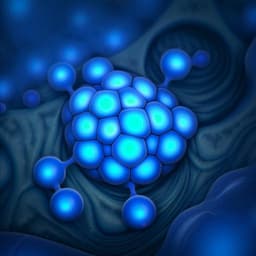
Engineering and Technology
Fast hydrogen purification through graphitic carbon nitride nanosheet membranes
Y. Zhou, Y. Wu, et al.
Explore the remarkable advancements in gas separation technology with lamellar g-C3N4 nanosheets, developed by Yisa Zhou and colleagues. These innovative membranes not only offer unprecedented H2 permeance but also showcase exceptional stability, making them a game-changer in harsh environments. Dive into the future of efficient gas separation!
~3 min • Beginner • English
Related Publications
Explore these studies to deepen your understanding of the subject.







